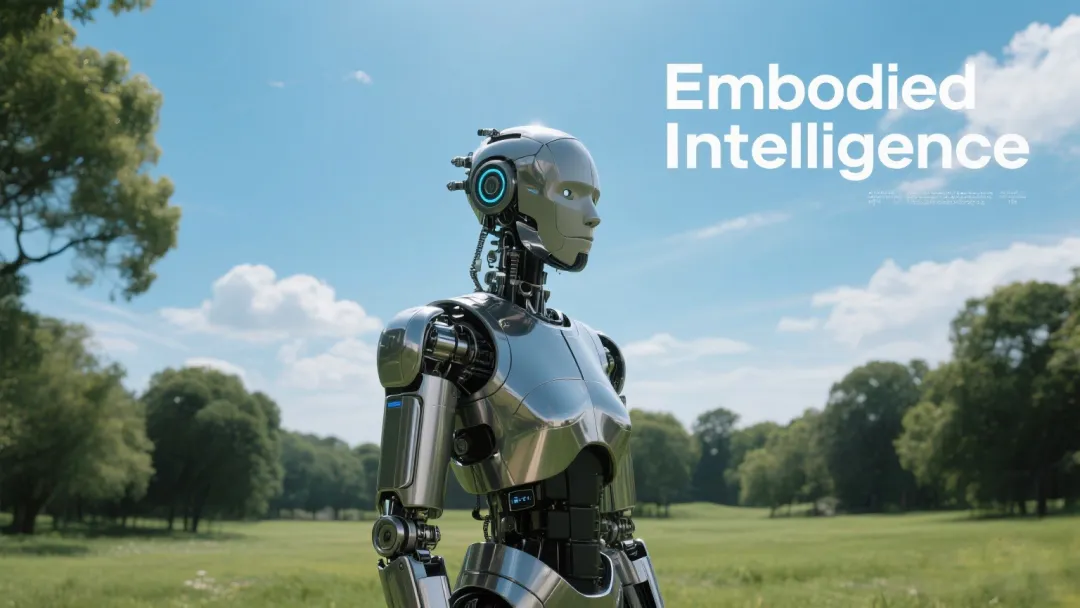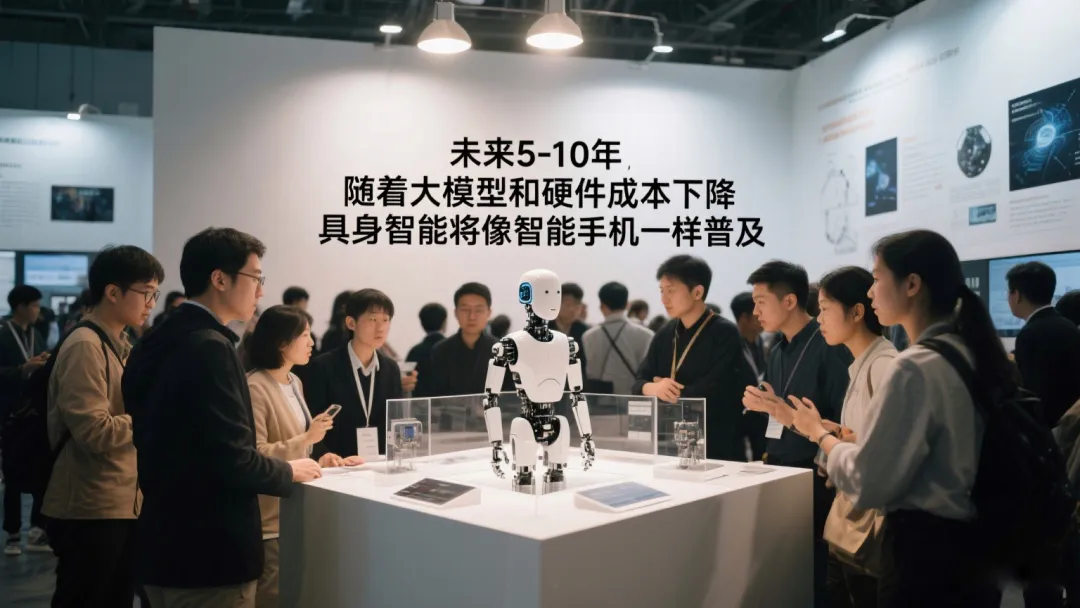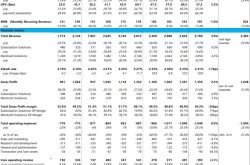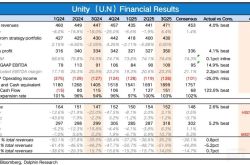Understanding Embodied Intelligence: What It Is and Its Impact
![]() 07/11 2025
07/11 2025
![]() 550
550
Hello everyone!
Today, let's delve into a fascinating technological frontier—Embodied Intelligence!
Does the term sound a bit perplexing? Simply put, Embodied Intelligence refers to artificial intelligence with a physical body. Is that clearer now?
Still unsure? Don't worry. I'll demystify embodied intelligence, its evolution, capabilities, and the transformative impact it promises in our lives.
1. What Exactly is Embodied Intelligence?
Let's unpack the definition:
Embodied Intelligence (EI) is a cutting-edge intersection of artificial intelligence and robotics, emphasizing autonomous learning and evolution through dynamic interactions between an agent's body and its environment. Its core lies in the seamless integration of perception, action, and cognition.
Traditionally, artificial intelligence has been mostly 'virtual,' like voice assistants on phones or smart customer service on computers, communicating solely through text or voice, devoid of direct real-world interactions.
Embodied Intelligence shatters this barrier. It senses its surroundings through sensors (akin to human sensory organs like eyes, ears, and skin), perceiving light, sound, temperature, and object locations. It then executes actions via actuators (like robotic arms, wheels, joints, etc.), such as grasping objects, moving, or operating tools. This way, AI transcends screens and clouds, genuinely integrating into our daily lives.
Think of a robotic vacuum cleaner. It uses lidar and cameras to map the room and obstacles, plans a cleaning path, and completes the task through wheels and suction devices—a classic 'perception-decision-action' process emblematic of embodied intelligence.
2. The Development History of Embodied Intelligence
The evolution of embodied intelligence has been a long journey, spanning multiple stages:
(1) Conceptual Germination Period (1950-1990)
In 1950, Alan Turing, the father of computer science, envisaged embodied intelligence. He believed that machines with bodies and sensory capabilities could better understand the world and make intelligent decisions. However, due to technological limitations, this remained a theoretical construct.
Scientists later realized that traditional symbolic AI, reliant on logical rules and symbolic reasoning, struggled with complex real-world problems. This realization propelled embodied intelligence into the spotlight.
(2) Technology Accumulation Period (2000-2019)
The 21st century witnessed significant advancements in computer technology, particularly with deep learning and reinforcement learning. These breakthroughs laid the groundwork for embodied intelligence. Robots began performing simple tasks but were still far from truly intelligent, limited to laboratory experiments.
(3) Rapid Development Period (2019 to Present)
Since 2019, embodied intelligence has surged ahead, driven by large model technology. These models enhance natural language understanding and generation, facilitating better human-robot interaction. Additionally, advancements in sensor accuracy, actuator performance, and tactile sensors have led to more sophisticated and human-like robots. Tech giants like Tesla and Xiaomi have launched embodied intelligence robots, marking the transition from lab to real-world applications.
3. How is Embodied Intelligence Achieved?
Embodied intelligence requires seamless hardware-software integration. Let's explore both aspects:
(1) Hardware Foundation
1. Sensors: The 'Five Senses' of Robots
Cameras, lidars, microphones, and tactile sensors act as robots' eyes, pathfinders, ears, and skin, respectively, enabling them to perceive their surroundings and interact with objects.
2. Actuators: The 'Muscles' of Robots
Motors, hydraulic, and pneumatic actuators convert robot decisions into actions, driving joint movements, lifting objects, and performing various tasks.
3. Mechanical Structures: The 'Skeleton' of Robots
Mechanical structures determine a robot's flexibility and coordination, mimicking human body parts for tasks like walking, running, and grasping.
(2) Software Algorithms
1. Perception Algorithms: Enabling Robots to 'See' the World
Algorithms like Convolutional Neural Networks (CNNs) and semantic segmentation process sensory data, enabling robots to recognize objects, distinguish scenes, and understand human commands.
2. Decision Algorithms: Enabling Robots to 'Think' and 'Decide'
Reinforcement learning and large language models help robots make decisions based on perceived information, adjusting strategies to optimize task execution.
3. Control Algorithms: Enabling Robots to 'Act'
Control algorithms convert decisions into precise control signals for actuators, ensuring smooth and accurate robot movements.
4. Applications of Embodied Intelligence
Embodied intelligence has vast applications across multiple domains:
(1) Household Services: Robots as 'All-Round Butlers'
Robots assist with cleaning, elderly care, child companionship, and more, enhancing household efficiency and well-being.
(2) Industrial Manufacturing: Robots as 'Super Workers'
In industries, robots perform precision assembly, manufacturing, and other tasks, boosting productivity and accuracy.
(3) Healthcare: Robots as 'Super Doctors' and 'Super Nurses'
Medical robots assist in surgeries, rehabilitation, and patient monitoring, enhancing healthcare quality and safety.
(4) Logistics and Warehousing: Robots as 'Super Movers'
Robots in logistics handle storage, handling, and sorting, significantly improving efficiency and reducing errors.
(5) Education: Robots as 'Super Teachers'
In education, robots provide personalized learning experiences, engaging students through interactive activities and targeted assistance.
5. Challenges Facing Embodied Intelligence
Despite its potential, embodied intelligence still faces challenges:
(1) Coordination Between Perception and Action
While significant progress has been made, seamlessly coordinating perception and action remains a hurdle. Robots need to continually improve their ability to interpret sensory data and execute corresponding actions with precision and efficiency.
As research and technology advance, embodied intelligence promises to revolutionize our lives, making AI more accessible, intelligent, and integrated into our daily routines.
For instance, when humans handle eggs, they instinctively grasp them gently. However, robots might not be as precise, either crushing the eggs or failing to grasp them entirely. This disparity arises due to the lack of precision in robots' sensors and the inflexibility of their motion control. To address this, scientists are leveraging deep learning and physical simulation technologies to allow robots to 'practice' grasping movements in virtual environments before applying them in reality. This approach enhances the coordination between perception and action.

(2) Easily 'Perplexed' in Complex Environments
Currently, most robots are confined to structured environments like factories. When introduced to cluttered environments like homes, where tables are piled with items and pet toys are scattered on the ground, robots often become 'confused' and uncertain how to proceed. However, with the advancement of large model technology, robots are now capable of understanding tasks through language commands and autonomously planning paths, gradually adapting to more complex environments.
(3) Costly and Hard to Popularize
Robots from companies like Boston Dynamics are incredibly advanced but also prohibitively expensive, costing several hundred thousand dollars each, making them unattainable for ordinary families. To address this, scientists are actively working on cost reduction methods, such as lightweight design, the use of flexible materials, and modular components that allow robots to switch accessories based on different tasks.
6. What Will the Future of Embodied Intelligence Look Like?
Discussing the future, the prospects for embodied intelligence are truly exhilarating!
(1) Next Five Years: Significant Advancements in Vertical Fields
Over the next five years, embodied intelligence is poised to make major breakthroughs in specific fields. In the warehousing and logistics industry, for example, sorting robots could achieve full-process automation from 'order checking' to 'picking' to 'packing', drastically improving efficiency. In agriculture, the combination of drones and mechanical arms can identify ripe fruits and harvest them, enhancing efficiency and alleviating labor shortages.
(2) Ten Years Ahead: The Emergence of General Embodied Intelligence
A decade from now, embodied intelligence may enter a new era of general embodied intelligence. At that point, we might witness 'household robot butlers' that perform a multitude of tasks, from waking you up in the morning and preparing breakfast to cleaning during the day, chatting with the elderly at night, and even helping with dog walking. Furthermore, human-robot collaboration will become commonplace. On construction sites, for instance, robots will handle heavy lifting and high-altitude operations, while humans will focus on design and quality inspection.

(III) Ultimate Vision: Human-Machine Integrated "Intelligent Agents"
Looking further ahead, embodied intelligence may converge with brain-computer interfaces, enabling humans to directly control robotic bodies and perform 'remote work'. For example, astronauts could operate robots on Mars from Earth to execute various complex tasks. However, this stage presents numerous ethical challenges, such as determining whether robots should possess 'autonomous decision-making rights' and how to prevent their misuse.
In summary, the integration of embodied intelligence and robotics will propel future robots to new heights of capability, even enabling them to understand and simulate simple emotional interactions. Additionally, continuous investment in embodied intelligence and robotics will catalyze the development of the entire industrial chain, encompassing both software and hardware.








